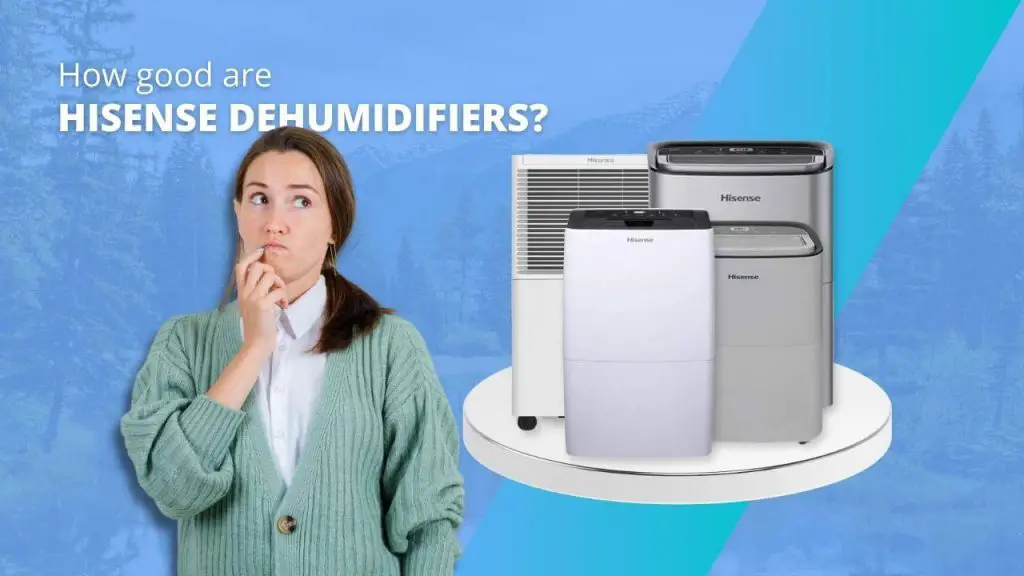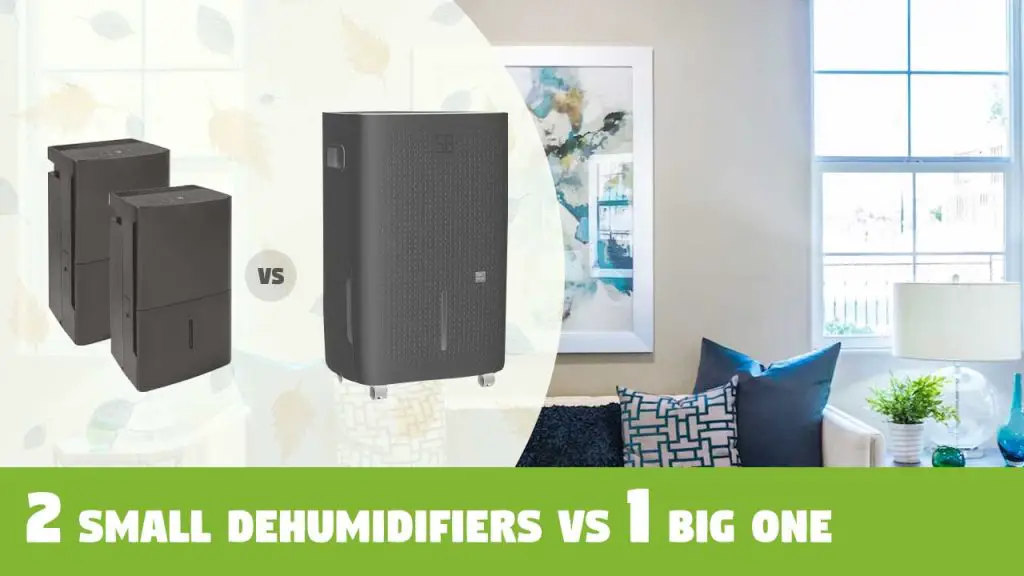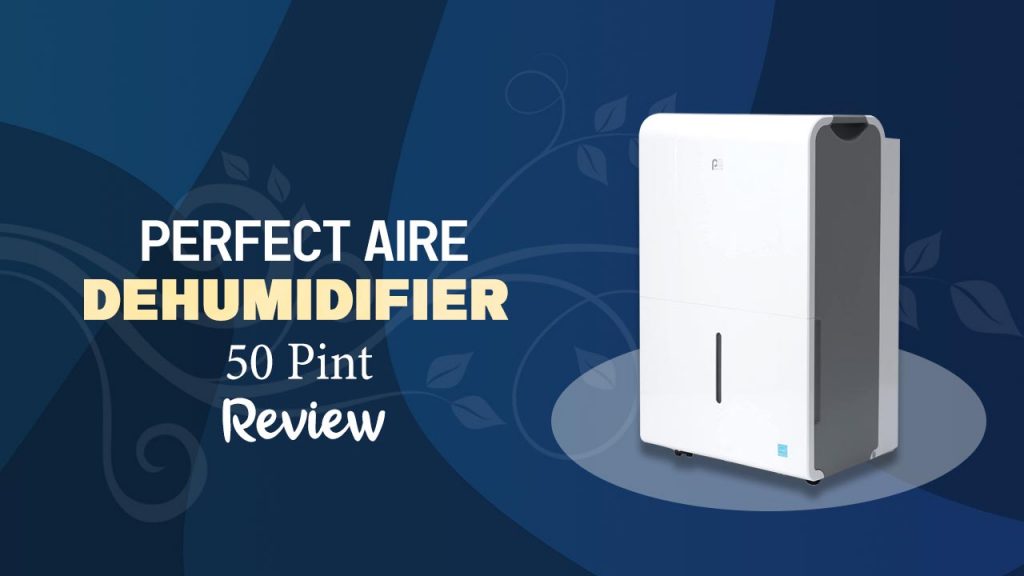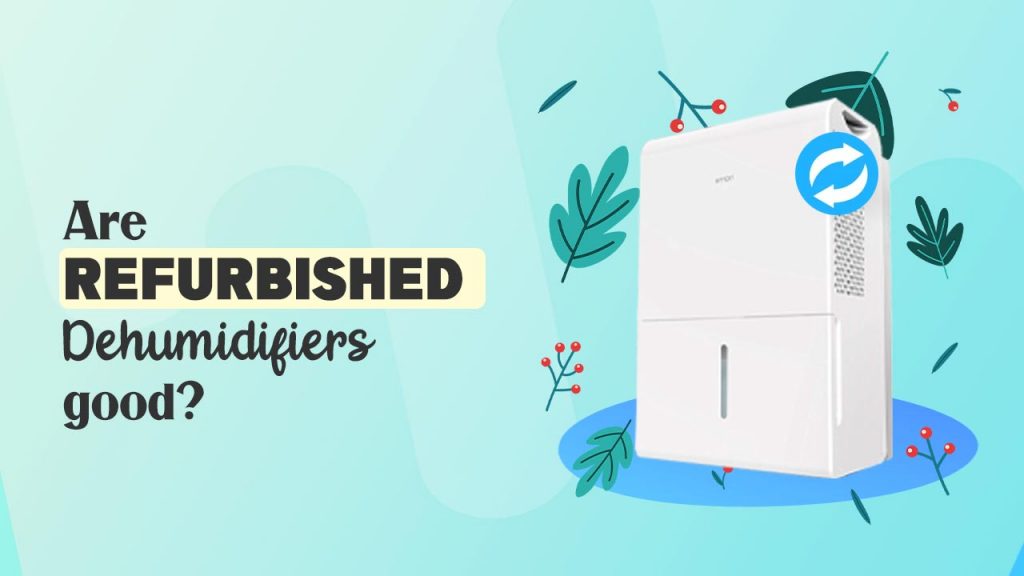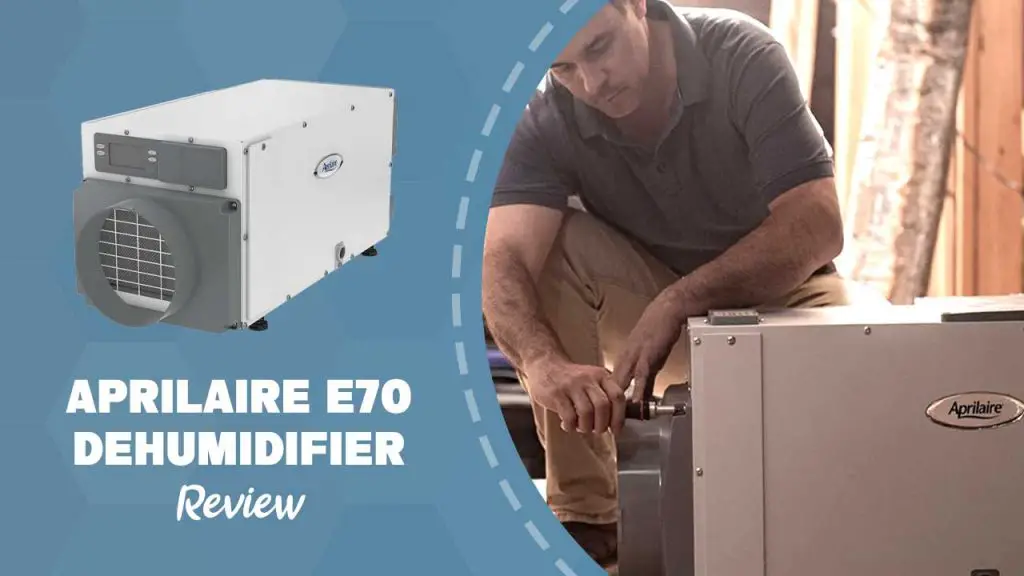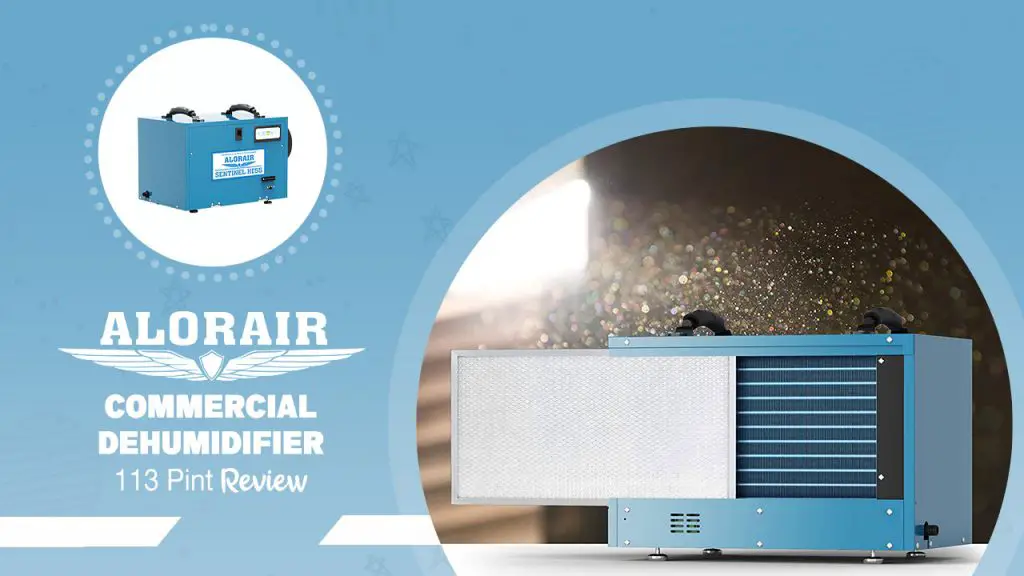While humidity is a necessary component for living, it can cause many problems when it is too much in the air. Excess humidity is often linked with causing our bodies to overheat and exhaust easily, as well as promote the growth of bacteria and viruses in the air.
Also, the recent talk of COVID-19 thriving better in low-humidity conditions may drive some people to artificially get humidity into their homes. However, experts have recommended that the ideal indoor humidity is between 35% and 60%.
When humidity levels exceed 60%, you’re bound to experience discomfort and several other health issues, including sweating, altered blood circulation, increased respiration and, in many cases, respiratory, viral and bacterial infections.
This is why dehumidifiers are extremely important in homes where excess humidity is a problem. When we talk about dehumidifiers, Hisense is one brand that comes to mind.
As a household name in the electronics and home appliance industry, Hisense has been able to stamp its name as a go-to brand for reliable dehumidification.
Who Makes Hisense Dehumidifiers? [Evolution Of Hisense Dehumidifiers]
Hisense is one of those brands that have been around for more than a century. Established in 1988, Hisense began as an import and export business, before finally delving into manufacturing.
At the time, it had the brand name, Qingdao. That was the name the company used for many years, until 1993 when it assumed the new trademark, Hisense. Actual manufacturing began with an air conditioning company in 1996. It was a frequency conversion technology company set up in China.
Subsequently, the company was listed on the Shanghai Stock Exchange in 1997, and by the new millennium, began intensive research into several other technologies.
Its move into the dehumidifier industry was borne out of a need to have a rounded holding in the HVAC systems industry and be a one-stop shop for all home air conditioning needs.
Today, the brand has a number of dehumidifiers in its name, beginning with the oldest unit- Hisense DH3019K1W. Although a Chinese brand, Hisense has sought to internationalize its brand and processes, with quality and certifications, to gain acceptance and respect.
One way it did this was through the establishment of a division in South Africa, as far back as 1996.
That was its first step towards internationalization. In subsequent years, the company built several other companies- now totaling 54 worldwide- including its United States headquarters in Suwanee, GA about 10 years ago.
To entrench quality, the company also has 14 production facilities in Europe, South Africa and Central America, as well as 12 research and development centers across the globe. It is owned and operated by Qingdao Hisense Electric Holdings Limited.
Best Hisense Dehumidifiers and Suitability [Considering All Hisense Dehumidifier Reviews]
| Dehumidifier Model | Best Suitable For |
| DH-7019K1G 70-Pint Low-Temp Dehumidifier | Great for basements, large rooms, living rooms, and even offices. Can also be used at night due to its low temperature and low noise. |
| DH-7019KP1WG 70-Pint Dehumidifier | Great unit for basements, and effective at limiting the growth of mold and bacteria. |
| 35-Pint 2-Speed Dehumidifier | Great for medium and large spaces, like living rooms and large bedrooms. Also effective in basements and can be deployed at night. |
| DH-3019K1WG 30-Pint Dehumidifier | Great for small and medium spaces; will perform well in bedrooms, dorm rooms and home offices. |
| DH-3019K1W 30-Pint Dehumidifier | Larger in dimensions and will require some space. Great for small basements. Also a good way to prevent mold and microorganisms. |
| DH5019K1G 50 Pint 2-Speed Dehumidifier | Effective for medium to large spaces; can also work without supervision. |
Is Hisense a Good Brand for Dehumidifiers?
Whether it’s in the United States, Asia, Europe or Africa, the brand Hisense is a visible feature in many homes.
Their dehumidifiers are used by many homeowners seeking a cost-effective way to reduce humidity in their homes and make their indoor air more comfortable and breathable.
Hisense is a very affordable brand within the budget category, a factor that gives it a competitive edge in the industry. This makes it quite popular among homeowners.
Hisense currently has around half a dozen units of dehumidifiers, each with their own unique features and offerings. One feature of note is that they are generally large units, able to cover areas around 700 sq. ft and beyond.
You’ll also find a lot of user information and specifications about their brands on the different outlets they are sold.
Another reason why Hisense is a good brand for dehumidifiers is that most of its units have relatively low operational noise, often not surpassing the 50dB mark.
Most Popular Features of Hisense Dehumidifiers
1. Two Fan Speeds
This is the speed setting you’ll find on most Hisense dehumidifiers. Often, you’re able to choose between High and Low, depending on the indoor humidity level in your home.
2. Three Modes
This is another very common feature among Hisense dehumidifiers. You’ll find three modes of manual, continuous and auto mode giving users a level of flexibility. For most of the units, there’s a manual setting range of between 30 and 80%.
3. Programmable Timer
This is one feature that every dehumidifier should have for many reasons. First, you need to be able to put your unit to work without actually being in the room.
All you need to do is set it on the number of hours you want it to run for and, Voila! It goes off when you set it to go off. The good news is, Hisense dehumidifiers have a programmable timer.
4. Washable Filters
Having washable filters in your dehumidifier is another very exciting prospect. With Hisense dehumidifiers’ washable filters, there’s no need to spend money on replacement filters every now and then.
All you need to do is take them out and wash them in warm water for continuous reuse.
5. Filter Notification Light
Hisense dehumidifiers also feature a filter notification light which is turned on when it is time to clean them.
With this function, you’re alerted when your filter is clogged and malfunctioning so you can do a routine check and cleaning, where necessary. Other times, you may need to replace the filter if it is damaged beyond routine maintenance.
6. Bucket Notification Light
Most dehumidifiers require a bucket or detachable tank to store moisture collected from indoor air. Depending on the size of the container and the capacity of the unit, you may need to empty the bucket daily, twice daily, once every two days, etc.
With the bucket notification light on Hisense dehumidifiers, you’re alerted when the bucket is full and needs emptying. This helps to prevent flood and damage to your home’s flooring and other appliances.
7. Internal Pumps
Hisense dehumidifiers also feature internal pumps which help to pump stored water out of the unit’s tank is attached to a hose that leads outdoors or to the sink.
With this feature, it becomes unnecessary to personally take the tank outside or to the kitchen or bathroom sink for emptying.
Hisense Dehumidifier Problems Collected from User Reviews
Despite attempts to keep their dehumidifiers in check in terms of noise, there are still a few reports of noise, especially with older models- although Hisense dehumidifiers are as quiet as most leading brands in the industry.
- There are also a few reports about flimsiness. Some users have reported that a few of their units appeared a bit flimsy, but Hisense’ warranty is there to take care of such issues regarding build quality.
- A few users have also complained about a few of the units that have internal pumps, even though the issue doesn’t spread across a wide range of their models.
Best Usage of Hisense Dehumidifiers
Hisense dehumidifiers are best used indoors due to the controlled humidity exchange rate.
So, you can use their units in rooms of various sizes as the units come in various capacities, offices, hotel rooms, home offices, and other ventilation-controlled spaces, not exceeding 1,500 sq. ft in area.
Furthermore, Hisense dehumidifiers have a pretty good rating in terms of pints per day (PPD), so they can handle themselves properly in highly-humid regions.
If your indoor humidity level is not above 60% or even in the region of 60 to 69%, you may not require a dehumidifier if you have a functional air conditioner with effective dehumidifying qualities.
Also, if the weather is cleaner and drier outside, opening up your windows or doors may help.
If you use a powerful Hisense dehumidifier for very mild humidity problems, you may see your indoor humidity level dropping below recommended levels over time, so you need to watch it.
Highlights of Hisense Dehumidifier Specification
1. PPD
PPD refers to Pints Per Day and is a way to measure how much moisture the unit can remove from the air in 24 hours.
Hisense dehumidifiers have an average PPD of 22 to 70, across the different models of the brand. This is quite impressive and will offer sufficient dehumidification in your home.
2. Size
In essence, size here refers to the size of the bucket or tank. That is, how big or small the moisture storage tank is.
You’ll get 1-gallon Hisense dehumidifiers, 1.4 gallons, 2 gallons, and a 2.5-gallon dehumidifier.
It all depends on the model you buy. This is why it is best to have a drainage system in place to drain the water, so you don’t have to empty the bucket every other hour.
3. Wattage
This is where it gets a bit scary. Generally, dehumidifiers use up a lot of power. For Hisense dehumidifiers, the units typically draw in around 250 watts to 600 watts when in full operation.
The DH-35K1SJE5 35-Pint Dehumidifier, for instance, draws in only about 2 watts when you plug it in, and then about 50 to 70 watts when you turn it on with just the fan running. Once the compressor is turned on for dehumidification, it runs on at least 450 watts.
4. Energy Efficiency
Most Hisense dehumidifiers are Energy Star-rated and certified.
5. Operation Type
All Hisense dehumidifiers are electric in nature and run with electric power using a cord plugged into a wall socket.
6. Fan Control
Fan control is another technical highlight that is worthy of mention. Apart from the few dedicated units that are app-controlled, most Hisense dehumidifiers have a button for fan control.
7. Humidity Control Adjustability
It is also important to be able to control humidity settings on your appliance. This helps to dictate how much moisture is removed from the air per time and keeps humidity levels in check. It is also a good way to save energy by setting it on ‘low’.
8. Noise Level
Noise is a very important consideration when dealing with appliances. Nobody wants to be kept awake at night because of a loud, disturbing sound from an appliance. For Hisense, dehumidifiers function at an average sound of 30dB to 55dB, depending on the unit.
9. Manual Setting Range
The average manual setting range for Hisense dehumidifiers is 30% to 80%, which offers a lot of flexibility and control for how much moisture you want to remove at any given time.
10. Coverage
Last, but not least, is coverage. In fact, no one buys a dehumidifier without checking if its coverage is large enough for the room or home that requires dehumidifying. Hisense dehumidifiers have a coverage of 700 to 1,500 sq. ft.
How Much Area Do Hisense Dehumidifiers Clear? [Coverage]
We just mentioned that Hisense dehumidifiers cover spaces between 700 and 1,500 sq. ft. This is pretty good if you consider that the average room is about 130 sq. ft in size.
What this means is that an average Hisense dehumidifier is able to cover very large rooms or even some small apartments. It also means that it can work more efficiently in small, highly-humid rooms.
How Long Do Hisense Dehumidifiers Last?
Typically, dehumidifiers last between 4 and 6 years, so we should expect Hisense dehumidifiers to offer as much as 5 years of value at least.
This is further supported by its warranty of 1 and 2 years on most models, covering parts and labor.
On average, Hisense dehumidifiers should last for at least 5 years. If you use it properly, you should enjoy it longer.
However, lack of proper maintenance means you may only enjoy it for a year or less.
Hisense Dehumidifier Customer Service and Support
Hisense has a pretty good network in terms of post-sale service. It’s important to remind you that it has a 1-2-year warranty on all its dehumidifiers, which is pretty much the summit of post-sale service.
This warranty does not only cover parts replacement, but also labor. So, the replacement part isn’t simply shipped down while you’re left to bear the cost of having it fixed.
They take care of that too, using their engineers scattered across the US and other parts of the world.
Asides from that, Hisense has customer care lines for its various regions and countries. In the U.S., you can reach them on 1 877 465 3566.
For the Middle East, the number is UAE-800 447 3673.
Every country in Europe has its own dedicated line, such as (+34) 960 468 888 in Spain, 0191 387 0804 in the UK, and 01 76 49 05 05 in France.
There are also dedicated email addresses and social media handles available on their website. You can visit their global website for all of these details.
Price of Hisense Dehumidifiers
Hisense dehumidifiers are very competitive in the industry.
Models in the low-end category are often priced at par or even lower than other brands within the same category and of the same quality.
You may find some high-end models with higher prices than those of other brands in the same category, though.
Overall, Hisense dehumidifiers are quite affordable, within the range of $100 and $400.
Running Cost of Hisense Dehumidifiers
The running cost of Hisense dehumidifiers can be calculated basically by electricity charges. This is because they usually come with washable filters, which can be reused for a long time.
Perhaps, you may only require filter replacement once in its entire lifespan. The units also come with an average of 2 years in warranty, so paid maintenance is, more or less, covered as well.
To calculate cost of electricity, you need to know the unit’s wattage. We’ll use the DH-35K1SJE5 35-Pint Dehumidifier as an example.
The unit runs on 450 watts at full operation. To get the energy charge per hour, we must adopt the U.S. electricity average charge per kW-hour, which is $0.13 and convert the unit’s wattage to kilowatts.
450 watts = 0.45kW
Therefore, 0.45 x 0.13 = $0.059
This means it’ll cost you $0.059 to run the unit per hour. Let’s assume you run it for 9 hours every day, that’ll amount to $0.53 per day, $15.84 per month, and $189.54 per year.
That is what running your DH-35K1SJE5 35-Pint Dehumidifier will cost you. Whatever unit you use, simply substitute the 450W with the unit’s wattage to get the accurate cost.
Top Hisense Dehumidifiers with Excellent Reviews
Considering all the Hisense Dehumidifier reviews and ratings, we selected the most popular dehumidifiers for your convenience.
Final Words:
With this comprehensive guide, we haven’t left anything uncovered. Also, we have shown that Hisense is a brand you can trust when it comes to dehumidifiers.
Their units have garnered lots of positive reviews from users over the years, and they continue to show why they’re very popular with innovative and effective dehumidifiers.
| Photo | Title | Buy |
|---|---|---|

|
LEVOIT Air Purifier for Home & Bedroom - For Allergies and Pets Hair | Check Price On Amazon |

|
BREEZOME 60 OZ Quiet Dehumidifiers for Home, Dual-Semiconductor | Check Price On Amazon |

|
AquaOasis™ Cool Mist Quiet Ultrasonic Humidifier for Bedroom & Large room | Check Price On Amazon |

|
43.3'' Portable Air Conditioners, 3-IN-1 Evaporative Air Cooler w/Remote | Check Price On Amazon |

|
BlueDri BD-AS-550-BL Negative Machine Airbourne Cleaner HEPA Air Scrubber | Check Price On Amazon |

|
Space Heater, VCK 24" 12ft/s Fast Quiet Heating Portable Electric Heater | Check Price On Amazon |
